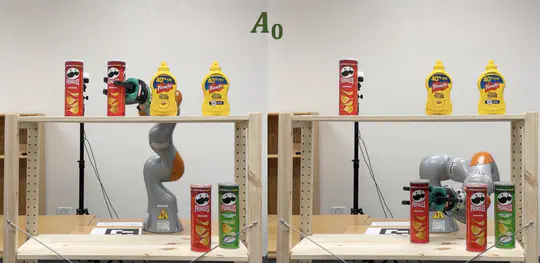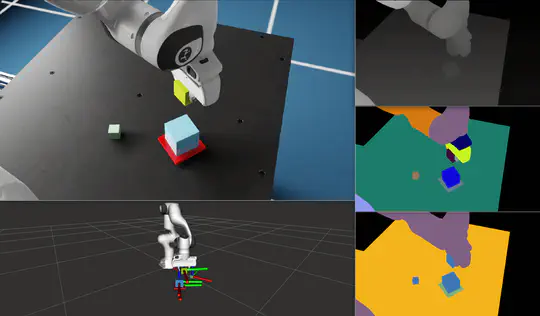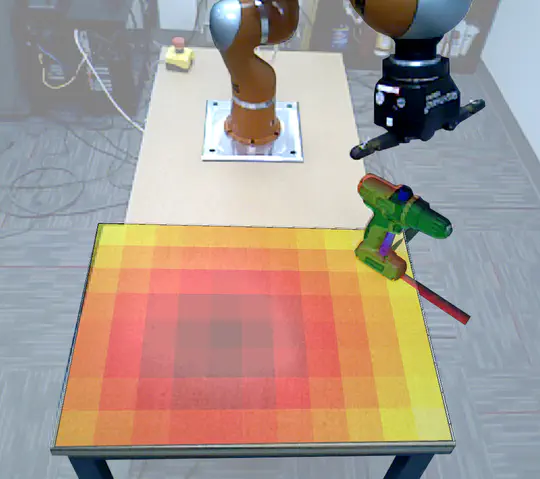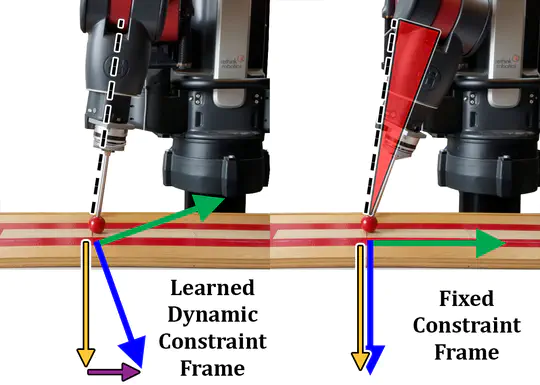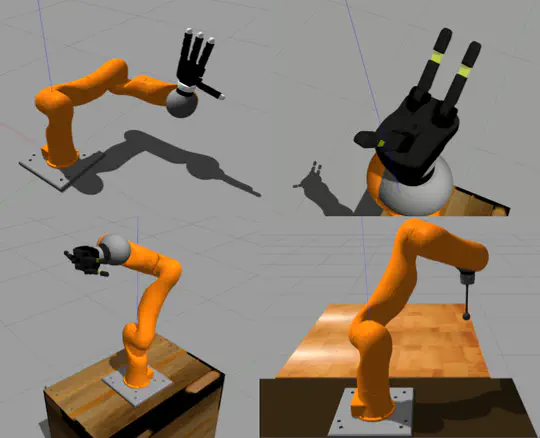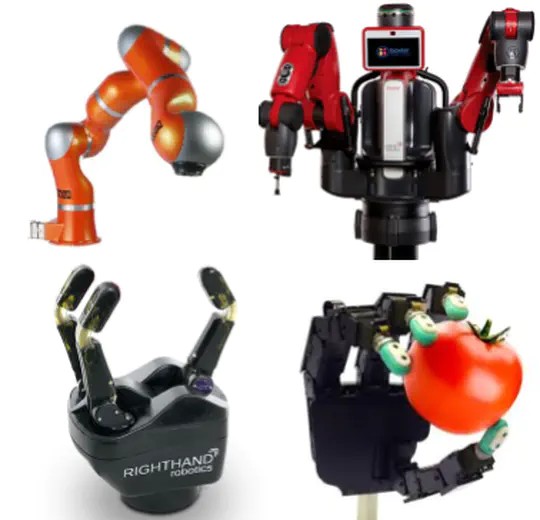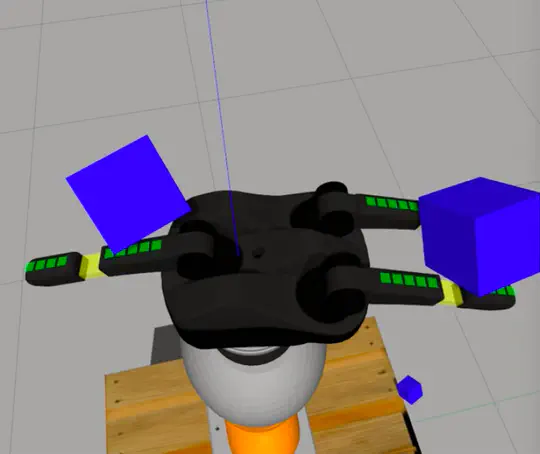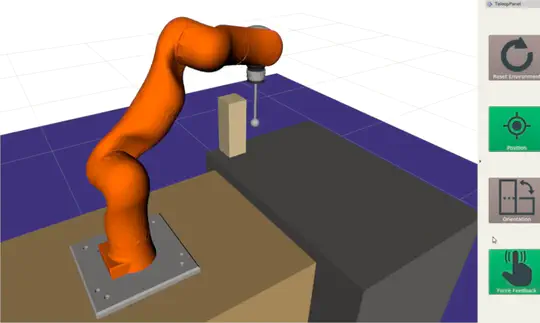Biography
I received my Ph.D. in Computing and Robotics from the University of Utah under the supervision of Dr. Tucker Hermans. My dissertation investigated skill planning under state and goal uncertainty for robot manipulation tasks.
I have hands-on experience with a variety of robot platforms, sensors, and simulators. I am passionate about open source software development for robotics, particularly for the ROS framework and Linux.
I am currently a Senior Software Engineer on the Applications team at Berkshire Grey.
In my spare time, I am playing around with learning Rust. I enjoy reading, playing guitar, and doing crossword puzzles. When I’m not injured, you can find me out trail running and cycling.
- Robotics
- Artificial Intelligence
- Deep Learning
- Multisensory Perception
- Reinforcement Learning
- Embodied Cognition
-
PhD Computing and Robotics, 2022
University of Utah
-
MS Computer Science, 2016
DePaul University
-
BS Mathematics and Philosophy, 2011
Carnegie Mellon University
